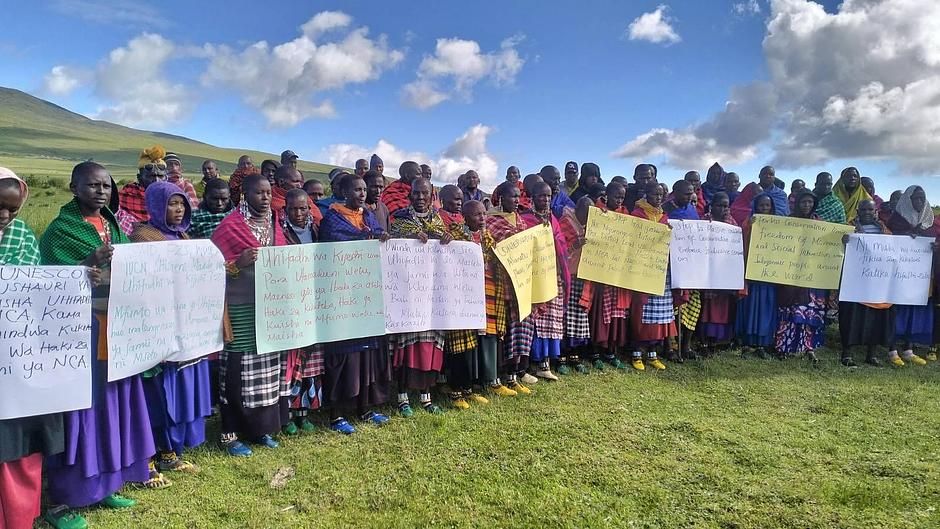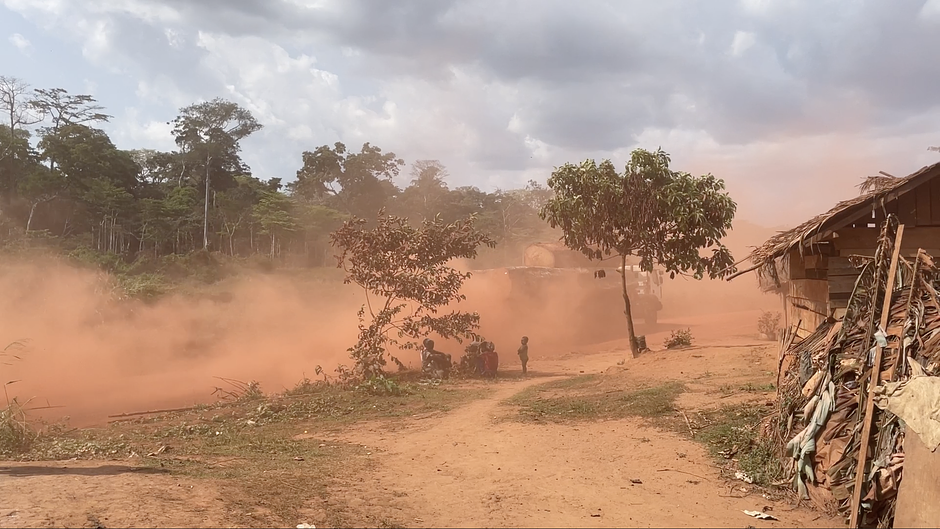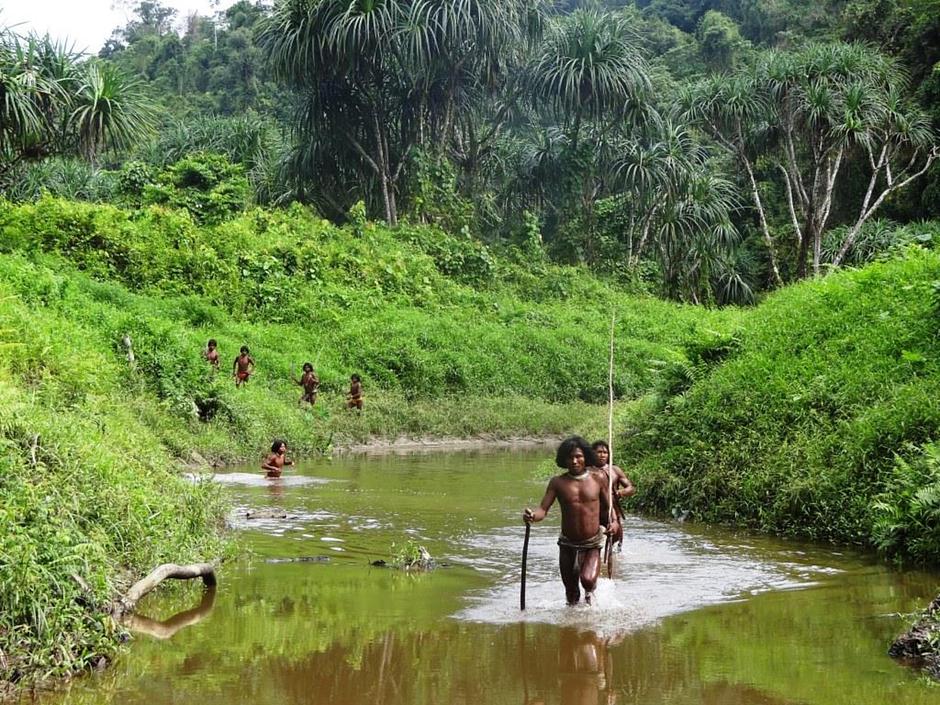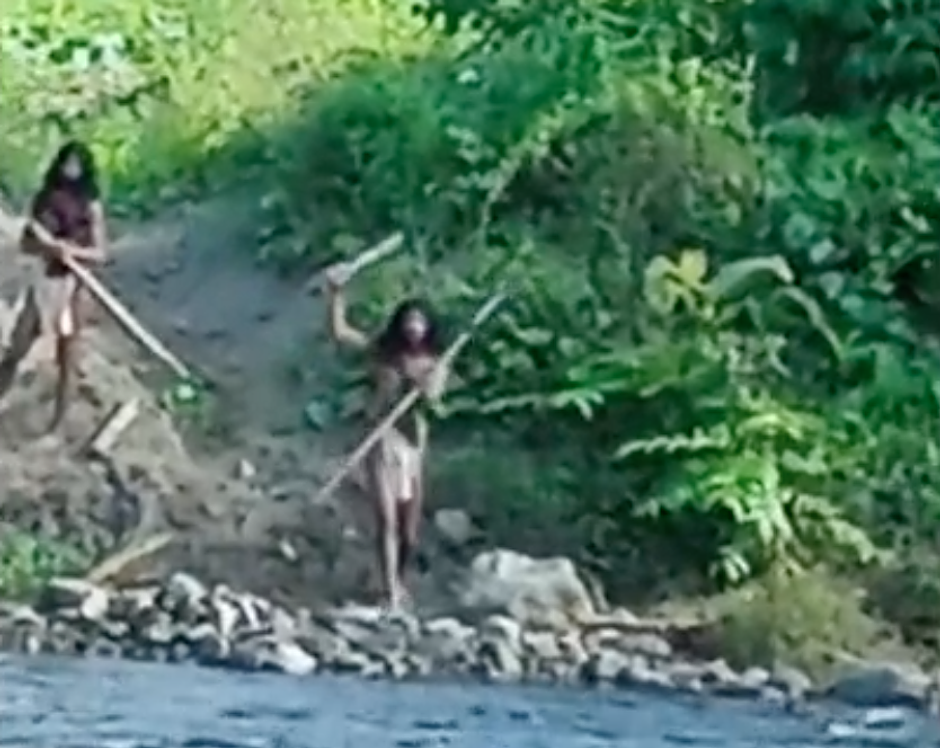South Pacific 'cannibal' claims amount to dangerous journalism
 © Céline Cousteau
© Céline CousteauThe media often focus on myths that make good stories for readers and trouble for tribal peoples. It’s time to sort fact from fiction.
The news that the charred remains of a German traveler have been found in the forest of Nuka Hiva, one of the largest of the Marquesas Islands in the South Pacific, is tragic and horrifying. The perpetrator, whoever it was, has not yet been caught, but sensational stories of ‘cannibalism’ are already legion. In particular, the UK’s Daily Express, Daily Mail and Daily Telegraph newspapers have broadened their reports by linking the tragedy in the South Pacific to references about cannibalistic cultural rituals that tribal peoples supposedly practice.
This is nothing short of unthinking, stereotyping and dangerous journalism. By its own admission, the Daily Express’s link is tenuous (‘there is nothing to connect the Korowai of New Guinea with the people of the Marquesas – nothing, that is beyond this week’s grisly reports’). If there’s ‘nothing’ there, why make such a link? And if a crass connection has to be made, why not connect ‘the people of the Marquesas’ with a Russian man who was jailed for eating his mother in 2009, or a German man who ate part of his lover some years previously? For such gruesome behavior is no more common to the Indigenous people of the Marquesas than murder and cannibalism are the preserve of the Russians and Germans. ‘Marquesians are in pain, they don’t understand how came that horrible event. So please, don’t judge french polynesia juste because of this event, it can happen anywhere! Thank you for reading.’ wrote a commentator from Tahiti on the UK’s Daily Mail site.
The point is: deviant, cruel, psychopathic behavior can, and does, occur in every society. The German man in Nuka Hiva was fatally unlucky in stumbling across a deeply disturbed individual. But this almost certainly does not mean that the culprit’s compatriots are similarly cruel. There is not one verifiable or credible account from anywhere in the world of a tribal person killing and eating someone out of custom. ‘Some social scientists actually think that all accounts are a myth,’ says Stephen Corry, Director of Survival International.
Myths make good stories for readers and trouble for tribal peoples; it is, in fact, the promulgation and perpetuation of prejudiced ideas that underpin their destruction. Around the world, tribal peoples have long been perceived – and still are – as dirty savages and backward vagabonds belonging to doomed archaic societies. Seeing peoples as savage and useless nuisances is convenient for those who are not interested in their complex, evolving societies, but are eager to get their hands on the minerals beneath their soil, the trees around them and the gold that washes through their rivers.
Earlier this year, a new book on medicinal cannibalism was published. It describes the little-known practices of European ‘corpse medicine’. ‘Cannibalism was found not only in the New World, as often believed, but also in Europe,’ wrote the British author Dr. Richard Sugg. ‘The subject of medicinal cannibalism in mainstream western medicine has received surprisingly little historical attention.’
Is it really surprising that it has received little attention, or actually a convenient oversight? While members of European royalty were using moss from human skulls as a cure for nosebleeds, they were also declaiming the ‘savages’ they were encountering in the ‘New World’.
In other words, cannibalism has never been seen as belonging to the ‘civilised’ world, but (again, conveniently) as evidence of the savagery of Indigenous peoples. ‘Cannibalism, meaning the custom of eating of people for food, has never been reported from anywhere by anyone who did not have a vested interest – usually, the colonial takeover of other peoples’ lands, or selling a book or film,’ said Stephen Corry of Survival International.
If tribal peoples continue to be portrayed as ‘savages’ or ‘Stone Age’ – cannibalistic or otherwise – the public will believe it to be true. Negative portrayals feed negative stereotypes which underpin systematic and gross violations of human rights, including genocide. Tragically, when it comes to tribal peoples, all too often the media focus on mythical stories concerning tribal peoples. Articles are not built around proven facts – such as the fact that tribal peoples developed some of the world’s food staples (manioc and potato are examples); that one of the best ways of protecting the world’s precious rainforests is to secure the land rights of their Indigenous guardians, for their detailed knowledge is extremely relevant to a world reeling from climate change; that if it weren’t for their botanical wisdom, many medicinal compounds might yet be undiscovered.
It would be more balanced (and ethical) to read reports that concentrate on the fact that there exist, in our increasingly homogenized world, peoples who still live in harmony with their environments, who measure time by the cycles of the moon, who can gauge minute changes in climate or shifts in ice sheets, and who can accurately predict the spring return of the snow goose.
‘All the years of calling the Indian a ’savage’ has never made him one,’ said Luther Standing Bear, an Oglala Sioux. But as long as those who have a public voice promote such ideas – or make tenuous links between the unconscionable actions of a psychopath in Nuka Hiva and the customary practices of tribes around the world – they will be believed.





